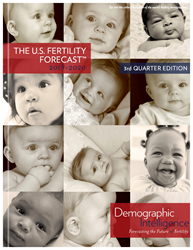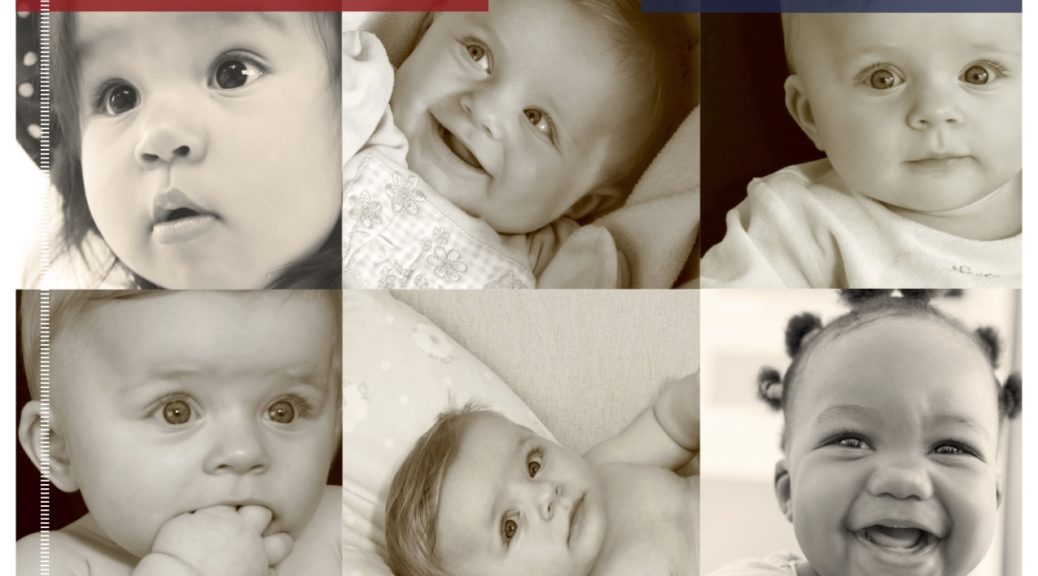
Falling birth rates have big business implications
Infant and maternity products are the canary in the coal mine
CHARLOTTESVILLE, Va. (PRWEB)
October 31, 2019
Continued declines in fertility in the U.S. are sure to have long-term sociological and economic effects, and some may be being felt right now. Destination Maternity last week filed for Chapter 11 bankruptcy protection and disclosed plans to shutter more than 180 of its stores and lay off hundreds of workers.
The company’s bankruptcy petition blames, among other things, persistently falling birthrates as to why it is facing distress.
“While competition from online retailers and other widely discussed factors may have had some role to play, Destination Maternity’s declining net sales in recent years have tracked fairly closely with the sharp decline in births in the United States,” says Demographic Intelligence Advisor Lyman Stone. “Had Destination Maternity maintained the exact same market share and product mix, but fertility rates had remained stable over the last 10 years, their net sales would have been more than 15% higher this year.”
Other companies that produce baby and children-focused products have also faced difficulties. Toys R Us and Babies R Us closed all of their retail locations in 2018 after previously warning that stagnant birthrates could negatively impact their business.
“Infant and maternity products are the canary in the coal mine. In a few years, we can expect to see weakness in the earnings reports for products aimed at older children, and, eventually, universities will face serious enrollment declines. From there, a smaller prime-age population will present challenges to many sectors of the economy, ranging from retail, to housing, to historically robust sectors like healthcare,” said Stone.
Given the serious economic implications of falling birthrates, it is crucial for businesses to have a clear picture of what their target audiences will look like in the future. The U.S. Fertility ForecastTM from Demographic Intelligence anticipates that the Total Fertility Rate (TFR) in the U.S. will slide to 1.70 children per woman in 2019 from 1.72 children per woman in 2018. Falling birthrates rates are hardly an American or even a Western phenomenon. In fact, Stone is tracking a worldwide decline in fertility, with rates seeming set to converge at about 1.6 to 1.7 children.
While births overall are declining, birthrates for certain groups and in some regions are rising. And some baby-related businesses are still experiencing growth. Demographic Intelligence helps clients orient their businesses to take advantage of these opportunities, even in a challenging environment.
The U.S. Fertility Forecast is typically more than 98% accurate in predicting U.S. birth trends
—————————————
About Demographic Intelligence
Demographic Intelligence (DI) is the premier provider of U.S. birth forecasts and fertility analytics for businesses with an interest in birth trends in the United States. DI provides reports and consulting services to companies in the following sectors: juvenile products, healthcare, media, financial services, consumer food, and household products. Demographic Intelligence is advised in its work by five leading family scholars: Princeton economist Alicia Adsera, University of Pennsylvania demographer Hans-Peter Kohler, University of North Carolina demographer Philip Morgan, economist Lyman Stone, and University of Virginia sociologist W. Bradford Wilcox.
CONTACT:
Demographic Intelligence
434-284-0808
Steve@USbirthrate.com
Share article on social media or email:

